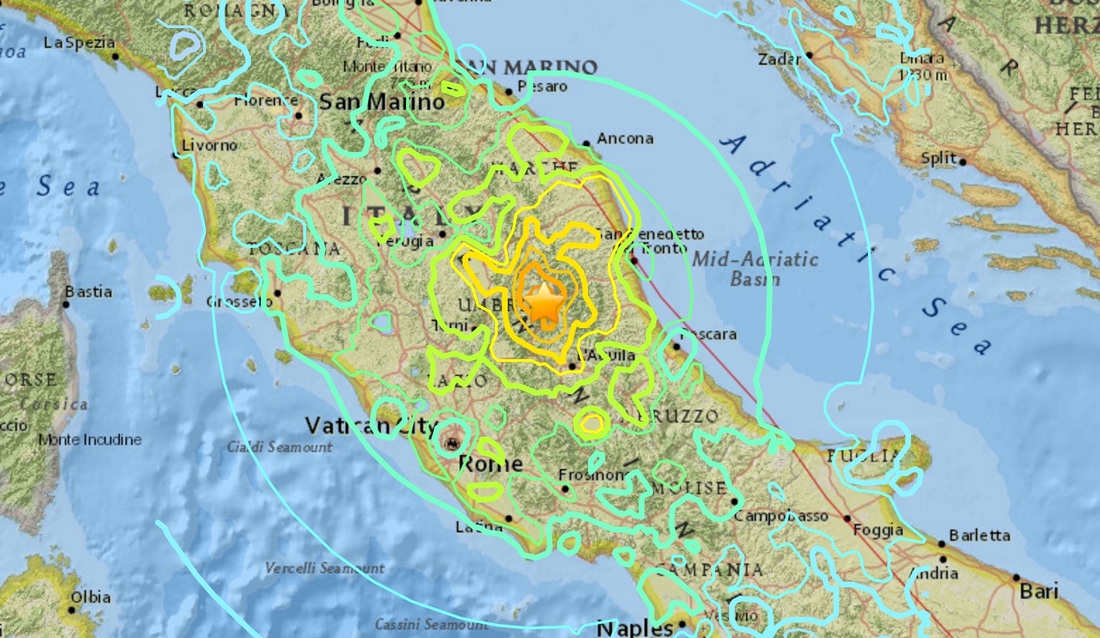|
Andrew Revkin at New York Times Doearth and through the tragedy of the recent Italian earthquake, sparked an important question on why people live in disaster zones and the challenges of engineering for hazard zones. He invited me to submit a comment. His original and thoughtful piece along with my comment is posted here and my comment is in the blog below.
New York Times: 6:3o p.m. | Deborah Brosnan, a scientist focused on disaster risk reduction (and an author of an important report on planning for extreme geohazards), sent this relevant reflection: A sense of place is core to all cultures. The older the culture the deeper the sense of place. The U.S. is a new country. It has a stronger sense of political identity than it does of physical structures and places. Our treatment of this complex issue is not as sophisticated as it needs to be. We send mixed messages. Humans have traditionally settled in harm’s way because natural hazards are associated with resources that we need, like water and food. Cultures persist when the losses do not destroy them completely. In conservation, we acknowledge and vigorously foster the sense of place as the critical bond between humans and their environment. We argue that it’s key to sustaining our planet. Yet when hazards become disasters we focus on the dangerous “place.” I grew up in the west of Ireland where the sense of place was enshrined and all-defining. Many of my ancestors had left during a disaster known as “the famine” and the ruins of their homes still dotted the landscape. For those who didn’t leave the bond between land and people grew stronger, and having land was a mark of a person’s worth. When I worked in Sri Lanka after the Southeast Asia tsunami, many of the displaced survivors were housed in U.N. tent communities. But during the day or even at night, they’d go home. I saw them sitting on makeshift chairs in places where there was barely a foundation left or nothing at all. Their “home” was their only anchor in a world that had been turned upside down, and where other anchors like family and friends were gone. But they were also afraid, fearful that if they didn’t protect their property then someone else would move in and squatters would take possession. I witnessed similar feelings and behaviors when working through the volcanic eruption in Montserrat. A nation’s cultural history, relationship to natural resources, and frequency of hazards all determine the sense of place and the meaning of leaving or changing. Rural Italy, like the west of Ireland, has a deep sense of home; however risky, it’s an established known. This is a complex subject that runs deep in our D.N.A. and evolutionary history. The way we handle it will determine how well we navigate climate change. Thanks for starting the conversation that we need to be having. Deborah Brosnan
0 Comments
Leave a Reply. |
AuthorDeborah Brosnan Archives
December 2019
|


 RSS Feed
RSS Feed